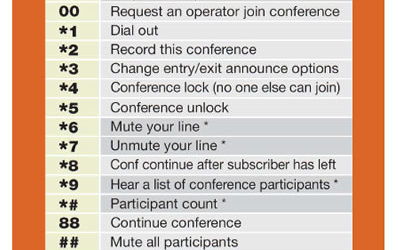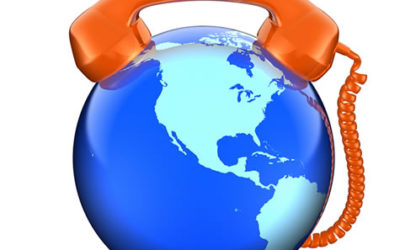Introductions
Thanks for reading. We’ve got a fun conversation to go over today. I’m going to just have a quick introduction and tell you a little bit about who I am, and then we’ll go through five easy ways to join international calls.
I am Brad Volin, President of Adigo, and I was actually Director of Product more than a decade ago. Not many of you may be familiar with the Voyant Technologies but that was one of the early developers of conferencing equipment, so I have over a decade of experience in this space. With specific regard to international experience, we started that about four years ago now, got a lot of good experience, and we do it very well. Now, I have a lot of interesting ideas to share with everyone today.
Why International?
Why international in the first place? I think most people think of customers first of all. For many companies this may depend on what role you’re in. You may think about partners or vendors, and these are typically the three most common areas of companies going international but globalization is certainly something that’s happening. More and more it’s touching most companies out there now if you’re getting to be any size, even small ones for sure. We’ve often heard horror stories about conference calls that are international. If you’ve got one, comment below, it’d be interesting to see what people’s experience have been because sometimes they go smoothly but we have certainly heard quite a few horror stories.
We love Dilbert at our company, they seem to always have a great joke every now and again specific to conference calls. If you’re ever needing a little laugh or break in your day, definitely look at Dilbert conference call jokes.
I like this graphic because it really put a little bit more detail about how globalization is affecting companies today because it has arrows, I’m not sure how well you can read everything, but it really has arrows coming out from every functional department, and that’s the difference that we’re seeing now with international calls. It’s affecting not just sales but now marketing, finance, or could be call centers, so it’s affecting the personnel department and HR.
Really, it’s impacting every different part of the business at this point. Here are some interesting statistics. Sirius, a respected industry company, talk about how different dimensions that globalization is affecting companies. Really, I think this comes down to how big the difference is from five years ago. It used to be large multinationals that did international calls and what we’re seeing now is that has totally changed. All kinds of companies, even small to medium sized companies, now have the reasons and resources to do international calls. That’s why I think hopefully that’s you will learn a little bit more about it.
The Problem; NANPA
So, there are countless horror stories when it comes to international calls, so what’s the problem? One problem is NANPA. This stands for the North American Numbering Plan Administration. The 800 number that’s typically on all of your conference call accounts only works in the USA and Canada. It does not work in Europe or Asia or anywhere else. If people dial that number, they simply just won’t get a connection. What else is a challenge for international calls? Certainly time zones are a challenge because you may not have the support that you need from your provider or you yourself internally from your IT department. People may be having calls at off hours and not know how to do it. There are a lot of different challenges, not just with the technology, but all kinds of different challenges to make your calls smooth. So what are the 5 solutions? Find out in tomorrows post.





0 Comments